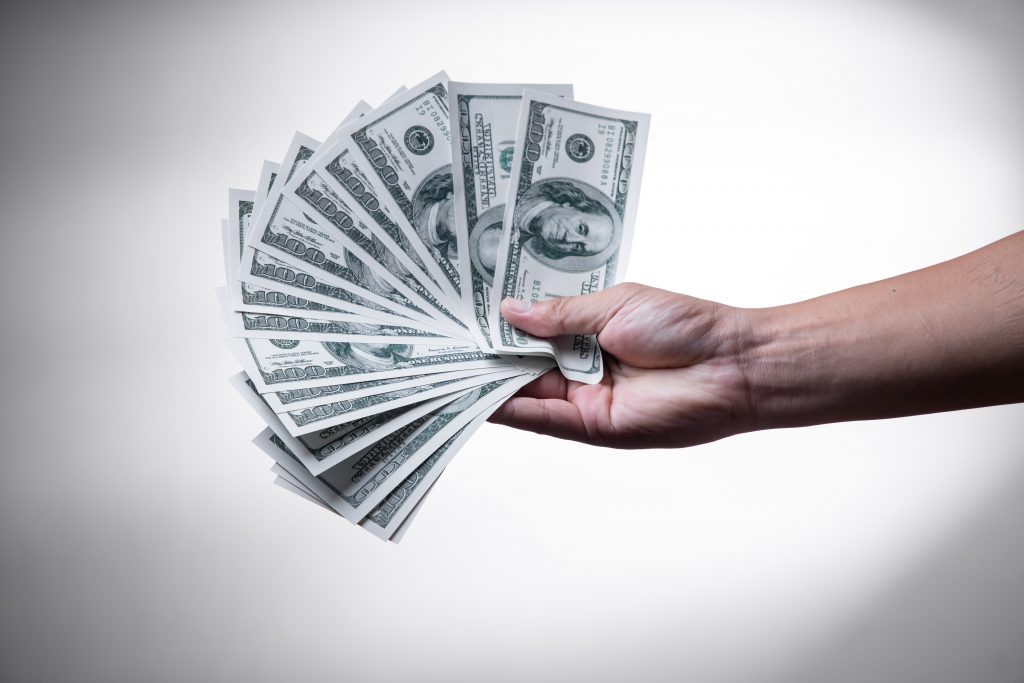By Joseph Staples // SWNS
NEWS COPY W/ VIDEO + INFOGRAPHIC
A new survey has found that in the past year, Americans are spending more frivolously and caring less about a tight budget.
While money can’t buy happiness, a year-over-year survey of 2,000 American online shoppers found an increase in the frequency and price tag of impulse shopping.
The average American will make an average 12 impulse purchases and spend an average $276 per month on said purchases this year, up from an average $183 per month last year. This corresponds with 62% of respondents saying they feel happy after an impulse purchase.
A year after the pandemic started, Americans are still impulsively buying the main essentials: food/groceries (48%), household items (42%), clothing (40%) and coffee (33%).
Commissioned by Slickdeals and conducted by OnePoll, the study also found two-thirds of impulse shopping takes place on phones and in beds.
While people still prefer to shop online a year after the pandemic began (53% in 2020 and 41% in 2021), there’s been an 11% increase in people venturing back to physical stores this year than last (22% in 2020 and 33% in 2021).
“The pandemic created significant challenges for global supply chains that increased consumer demand in a variety of sectors,” said Ryan Tronier, senior personal finance editor for Slickdeals. “Our past research indicated that at the start of the pandemic, consumers reported panic buying household goods such as toilet paper and cleaning supplies and our internal user data indicated that people were spending more on large purchases such as furniture, home improvement and technology. As such, it’s not surprising that this survey showed an increase in the frequency and dollar amount of impulse shopping.”
The study also found shipping and logistics woes from the past year have had an effect on impulse spending habits. Last year, 75% of Americans said they wouldn’t go through with their purchase if they had to pay for shipping. This year, however, only 67% feel that way.
This is seemingly supported by an expected decrease in future, post-pandemic shopping habits. Two-thirds of respondents said they would continue shopping online post-pandemic, compared to 71% last year.
Signs of economic stability were visible, too. Nearly half (45%) said they’d be willing to spend their stimulus money on impulse purchases. When asked the same question last year, only 36% felt comfortable using their stimulus in that way.
This especially applied to holiday shopping. Since last year, there’s been a 10% decrease in holiday spending concerns.
The biggest change comes when packages finally arrive. Over the past year, 65% of people have had to be more vigilant about the deliveries they receive. Half (51%) have had more packages and deliveries stolen this year than ever before.
Tronier added, "Contrary to conventional wisdom, our research continues to show that impulse spending can be associated with saving money. Our Slickdeals community has millions of real people constantly finding the best deals at the best price, which means that even if you weren’t planning to buy everyday items such as laundry detergent or coffee at a given time, stocking up when there’s a great price can ultimately help your budget.”
WHAT DO AMERICANS BUY ON IMPULSE?
2021
- Food/groceries 48%
- Household items 42%
- Clothing 40%
- Coffee 33%
- Toys 29%
- Takeout 28%
- Books 26%
- Vehicles 25%
- Technology 22%
- Spa services 20%
2020
- Food/groceries 47%
- Clothing 38%
- Household items 38%
- Technology 27%
- Coffee 27%
- Vehicles 25%
- Takeout 23%
- Shoes 23%
- Books 22%
- Video games 20%
